
We kindly inform you that, as long as the subject affiliation of our 300.000+ articles is in progress, you might get unsufficient or no results on your third level or second level search. In this case, please broaden your search criteria.

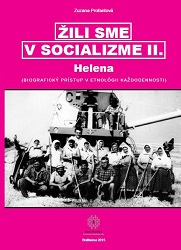
Problematike naratívnej každodennosti socializmu sme sa začali venovať v grantovom tíme pri príležitosti 15. výročia Nežnej revolúcie. V roku 2004 zorganizoval Ústav etnológie SAV v spolupráci s Ústavom pamäti národa medzinárodnú interdisciplinárnu konferenciu Malé dejiny veľkých udalostí v Česko(a) Slovensku po roku 1948, 1968, 1989, kde sme sa zamerali na aktuálne a mnohé dovtedy tabuizované témy vedeckého výskumu spoločnosti v období totality (dávam prednosť slovu socializmus). Výstupom konferencie bola publikácia s rovnakým názvom Malé dejiny veľkých udalostí v Česko(a) Slovensku po roku 1948, 1968, 1989. L, 11. (Profantová, ed. 2004), a tiež anglicky dopracovaná verzia Small History of Great Events in Czechoslovakia after 1948, 1968 and 1989 (Profantová, ed. 2006). V publikácii sme prevažne metódou oral history a ďalšími kvalitatívnymi metódami poukázali na mnohé problémy minulosti, ale aj transformujúcej sa spoločnosti.
More...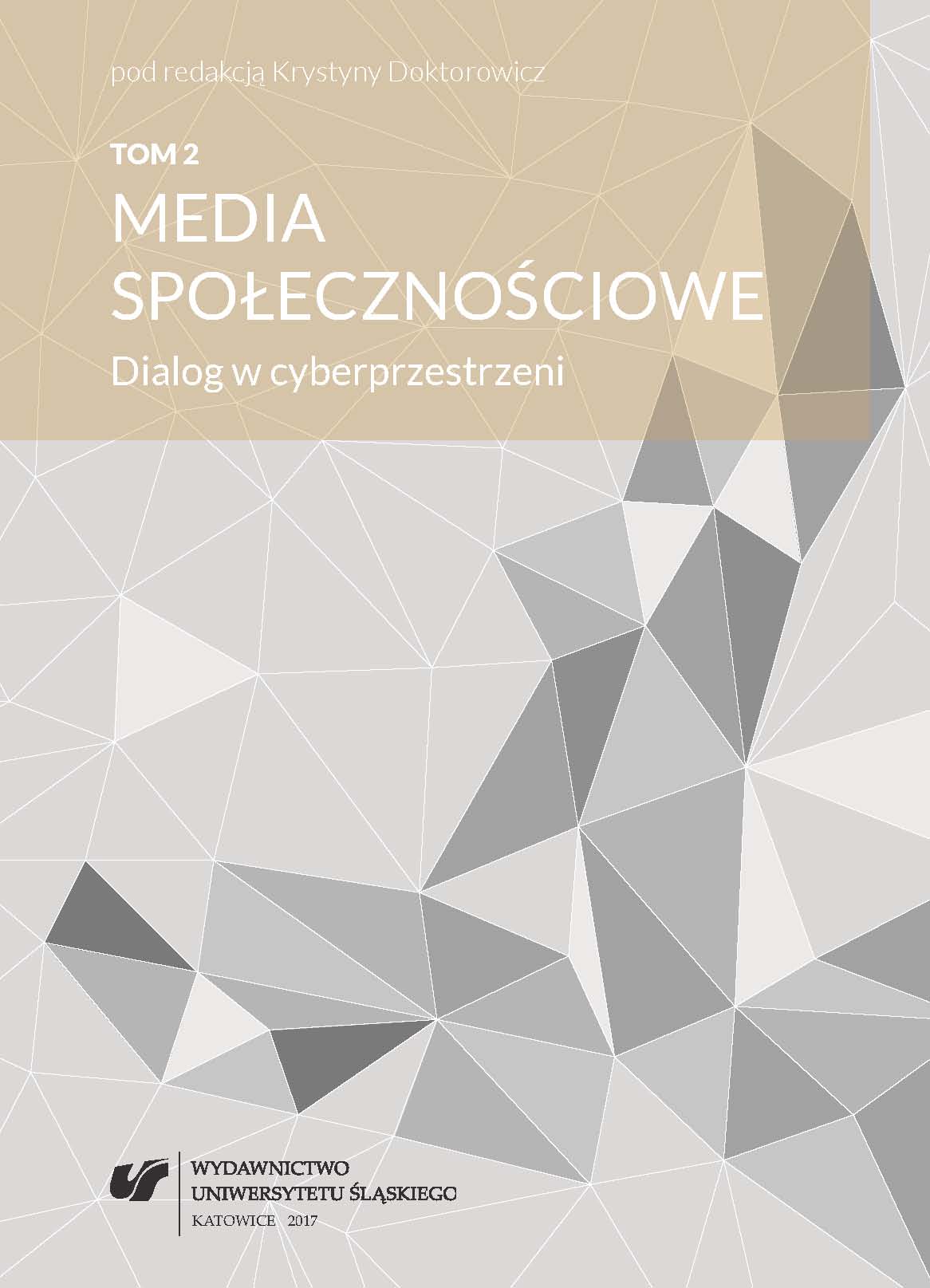
The article describes the role of social media in the presentation of gender issues on the basis of the example of Caitlyn Jenner. It is not only the story of a public figure, in addition a transgender one, who underwent a successful transformation into a woman. It is also the story of an extraordinary media campaign that makes use of the most of the available tools of the traditional media and Web 2.0 tools, in order to reach the widest possible audience and build a completely new image of a forgotten American hero and a supporting star of the worldwide popular reality show.
More...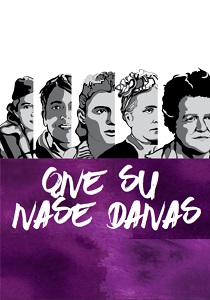
Razgovori o hrabrim ženama koje nisu pristajale na slijepu poslušnost i koje su prkosile pravilima okoline u kojoj su živjele i borile se za bolje prilike inspirišu na traganje .... traganje kroz vrijeme za pojedinkama koje su pomjerale granice ustaljenog načina ponašanja u svijetu, nekonformističkim djelovanjem u svojoj okolini, i šire. Upravo je to radila grupa ljudi – razgovarali su i tragali – dijeleći uvjerenje da je feminizam važan i da je važno ponovno čitati historiju. Svjesno su odbacili načelo važnijeg iskustva, koje feminizam svakako i problematizuje, i u pisanju su išli za ličnim osjećajem, jer je lično uvijek i političko. Pred vama je rezultat njihovog rada. U nastavku ćete otkriti koje su to žene pomjerale okvire koje im je društvo nametalo. Nadamo se da će i vas njihove priče inspirisati, a da će vas poster sa likovima nekih od njih, koji ćete naći u knjizi, obradovati. To su naši pokloni vama.
More...
Dolaskom austrougarske uprave počinje modernizacija društva bez dubljeg zadiranja u društveni ili bilo koji drugi položaj žene, ali otvaraju se nove mogućnosti i horizonti kombiniranjem starih i novih običaja. Austrougarski period karakterizira ukrštanje tradicionalnog i modernog, stranog i domaćeg, a proturječnosti ovih ukrštanja su se odrazile i na same žene, u slučaju da su i same bile akterke brojnih događaja ili dio opće populacije.
More...
U ratnom periodu (1992-1995), kao i poraću, brojne značajne žene iz različitih sfera javnog života ostavile su svoj trag Ovaj rat, kao i drugi u povijesti čovječanstva, bio je muška priča, u kojoj su žene sudjelovale na različite načine, ali najčešće po strani. Žene su imale simbolične uloge: mirotvorke, aktivistkinje, nemoćne i pasivne žrtve. Ukratko, bile su suprotnost muškom ratu. Stvarna uloga žene u ratu je bila uistinu ovakva, ali i mnogo više od toga. Prve žrtve rata su uvijek bile žene, jer je njih direktno pogađao raspad sistema, te je briga za obitelj i društvo ostajala na njima. Zabilježeno je mnogo slučajeva kršenja ljudskih prava, pogotovo ženskih, na veoma specifične načine. No, rat u BiH je bio konflikt koji je ujedno uticao i na osnaživanje žena. S obzirom na to da su mnogi muškarci bili mobilizirani i nisu se mogli kretati slobodno jer su sudjelovali u vojsci, skoro čitav javni prostor je bio ostavljen ženama. Žene su uspjele preoblikovati tradicionalne uloge koje su bile društveno propisane za žene i muškarce, što je pojačalo žensko samopouzdanje. Istaklo se mnogo novih žena vođa, koje su i sa završetkom rata nastavile ispunjavati svoje uloge.
More...
Naša današnjica i crtice iz života žena osvjetljavaju one koje nastavljaju borbu za jednakost i pokreću neke nove bitke za feminističke i aktivističke ciljeve. Te snažne žene ostavljaju novim generacijama prostor i uzore čije stope treba nastaviti i slijediti.
More...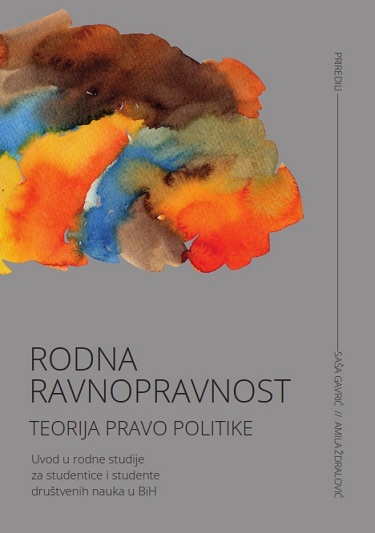
Rodne studije, kao interdisciplinarno područje istraživanja, dio su univerzitetskih kurikuluma u svijetu, a feminizam je postao važna paradigma akademskih rasprava. Situacija u Bosni i Hercegovini bitno je drugačija te, iako su stvorene neke pretpostavke za institucionalizaciju rodnih studija, obrazovni i naučnoistraživački procesi i dalje o(p)staju kao mjesto održavanja patrijarhalnog sistema. Naime, za institucionalizaciju rodnih studija važna su dva međusobno povezana segmenta. Prvi segment se odnosi na pokretanje naučnih časopisa i instituta iz oblasti rodnih studija. Drugi se odnosi na prisustvo sadržaja iz ovih oblasti u nastavnim planovima i programima na svim nivoima obrazovanja. S jedne strane, u oba segmenta možemo pratiti kontinuitet institucionalizacije u neformalnom sektoru, gdje nevladine organizacije radi daljeg aktivističkog djelovanja nužno preuzimaju teret obrazovnog i naučnoistraživačkog rada. Ovu tezu, na primjer, potvrđuju programi neformalnog obrazovanja iz rodnih/ženskih/feminističkih studija, kao i istraživanja i bogata izdavačka produkcija nekih nevladinih organizacija. S druge strane, u formalnom sektoru koji je za proces institucionalizacije u suštini ključni, može se pratiti diskontinuitet organizacijskih formi rodnih studija, pasivnost na višim nivoima i njegova ovisnost o individualnim naporima nastavnog kadra. Ovu tezu potvrđuje, na primjer, činjenica da značaj aktivnosti na organiziranju programa rodnih studija na II i III ciklusu pri Centru za interdisciplinarne studije Univerziteta u Sarajevu nije prepoznat. Ipak, na nekim bh. fakultetima nastavni planovi obuhvataju i obavezne ili izborne nastavne predmete iz oblasti rodnih studija.
More...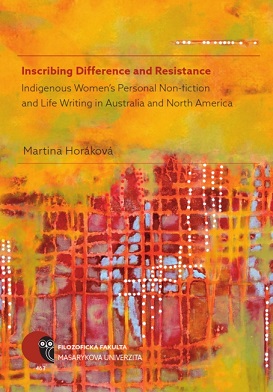
The monograph examines the ways in which Indigenous women’s non-fiction published in the 1990s contributed to theoretical articulations of Indigenous feminism and to a historiographic counter-discourse which has intervened into the dominant narratives of nation-building in settler colonies. Personal non-fiction and life writing by Native American authors Paula Gunn Allen and Anna Lee Walters (USA), by First Nations authors Lee Maracle and Shirley Sterling (Canada), and by Aboriginal authors Jackie Huggins and Doris Pilkington Garimara (Australia) are analyzed in detail to demonstrate how a hybrid writing style, combining scholarly criticism with auto/biography and fictionalized storytelling, is used to inscribe Indigenous women’s cultural difference, subjugated knowledges, transgenerational trauma from colonization, and resistance to forced assimilation.
More...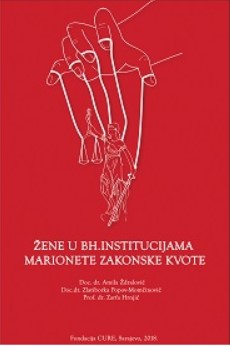
The formal and legal aspects of gender equality in BiH need tobe seen through two levels - international and national, which have their own reflections on the other levels including the lowest level - the local community. For the needs of this research, here are some of the most important ones: The CEDAW Convention (the Convention on the Elimination of All Forms of Discrimination against Women, 1979), the Beijing Declaration and the Action Platform (1995), Resolution 1325 ("Women, Peace and Security", 2000) and the Council of Europe Convention on the Prevention and Combating Violence against Women and Domestic Violence (2011, the so-called Istanbul Convention). Regarding domestic legislation, it is necessary to emphasize the importance of the Gender Equality Law in BiH and the Anti-Discrimination Law in BiH.
More...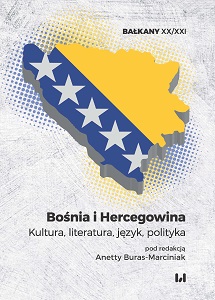
The subject of the article is collection of Šejla Šehabović’s short stories A Plural Noun of Feminine Gender (Priče – ženski rod, množina) as an example of the women’s Bosnian (anti)war prose. The stories are interpreted by analysing trauma present in narratives, ways in which traumatic memories are remembered and how the memories are presented in a story. Particular attention is devoted to the narrative itself, which in many aspects is viewed as a form of articulation of trauma. The analysis focuses on the feminine perspective in war experience as well as its differences from previous predominantly masculine narratives. The article indicates the relationship between traumatic narrative, literature of testimony and women’s writing.
More...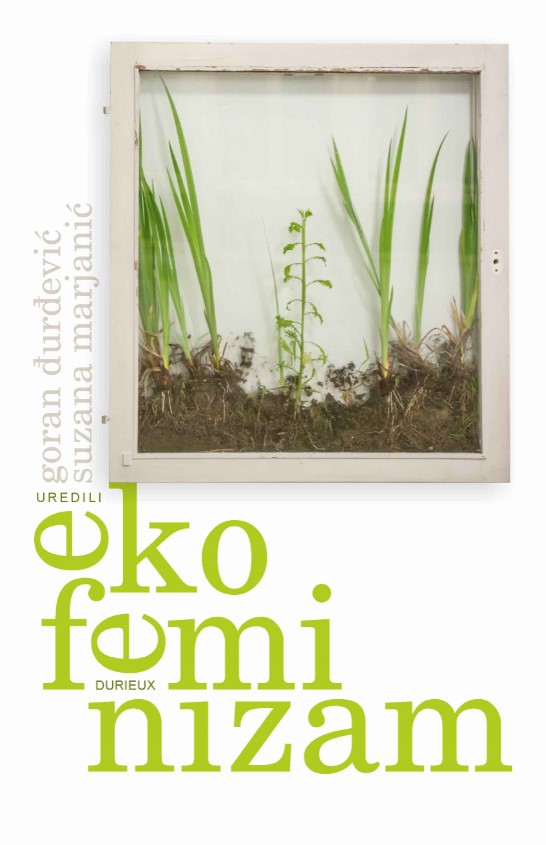
Autorica piše o složenom odnosu između roda (žena) i prirode (u najširem smislu te riječi obuhvaćajući sva živa bića) naglašavajući važnost povezivanja ovih tema. Ključna je postavka promjena paradigme promišljanja o rodnim i prirodnim (»okolišnim «) temama, što će dovesti do stvarnih praktičnih promjena. Time bi se redefinirale tradicionalne uloge žena, prirode I svega na što se odnosi termin Drugi.
More...
Experience over several centuries of discrimination and exploitation led to consideration about the connection between female and animal issues, even before ecofeminist theory. The dominant patriarchal structure of the world reduced both women and animals to objects with little or no power at all, positioning women as the ones closer to nature and animals (what is non–human can be maltreated and abused). Feminists in the animal rights movement experience differently the involvement of women and women’s bodies in the fight for animal rights, thus showing that heterogeneousness in evaluation of the methods being used in the fight against oppression also exists within the same interest group. Whilst some think that animal liberation over female bodies is not justified and that such a practice dehumanizes women and encourages a misogynous view of them, others think that being involved in actions like Rather go naked than wear fur leads to re–evaluation of ethical and moral issues and enables engagement in more important and efficacious political action. The identities of animal rights activists are being formed through a polyphony of feminist voices, agreeing that the consistently raised issue of women rights in modern times also raises issues about animal rights.
More...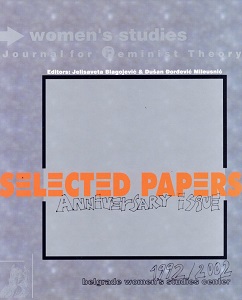
Women were prominent within the anti-war movements and pacifist circles throughout history-even when the wars they opposed were widely considered holy, as in the Middle Ages.1 Closer to our time, there was a high presence of women in both 19th- and 20th-century pacifist and anti-war movements. Finally, the notable prevalence of women in peace movements on different sides involved in the Yugoslav War-in Belgrade, Zagreb and Sarajevo-was one of the more conspicuous features of this conflict.
More...

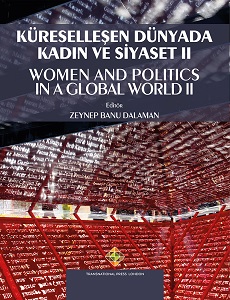
Although the development of the women's movement in Ottoman society was different from that in Western countries, it is a fact that they were affected by the women's movement and publications that developed in the West. As a result of the liberation of the press, communication and transportation opportunities that started with the Tanzimat era, the Ottoman intellectual was able to follow the developments in Europe closely. This follow-up broadened the horizons of literate Ottoman women by providing close monitoring of western women's organizations and women's media. Ottoman men also supported the women's movement that flourished in the Ottoman Empire, sometimes by opposing the modernist protectionist discourse, and sometimes by including women writers in their publications. In this study, the formation of Ottoman feminism is examined based on Ottoman women's magazines published in the late nineteenth and early twentieth centuries and the writings of Ottoman male intellectuals of the period. The work in which feminist theory of history forms the theoretical framework of the historical process of the emergence of feminism in the world and its debate in Ottoman society, and argues that the roots of the discussions on feminism lie in the late Ottoman women's publications and associations, and extend to the struggle they waged with Ottoman men. It produces a discourse contrary to the expression of women's movements and feminism identified with the Republican period. Archive work was carried out and discussions over the concept of “feminism” were analyzed in Ottoman journals published between 1908-1920.
More...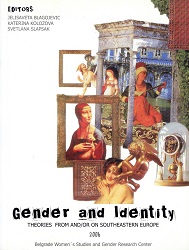
THE FICTION OF GENDER CONSTRUCTING THE FICTION OF NATION: ON HOW FICTIONS ARE NORMATIVE, AND NORMS PRODUCE EXCEPTIONS, “NATION”, CLAIMING AN IMAGINARY COMMON BIRTH, RECONSTRUCTS ITSELF A POSTERIORI AS A REALITY AS IF IT HAD ALWAYS EXISTED. IT NEEDS PATRIARCHY FOR THIS. BOTH THE GENDER DIVISION, AS WELL AS THE EXCLUSION ON WHICH THE NATION IS ESTABLISHED, THOUGH CAUSALLY INTERTWINED, EXPRESS THE SAME UNIVERSAL "SHARING/SPLITTING OF REASON" (PARTAGE DE LA RAISON). BOTH CLAIM “NATURE” ESSENTIALISING THE INEQUALITY AS NATURAL. REASON IS NORMATIVE, ESPECIALLY IN ITS DIVIDED FORM. THE SEX (OR GENDER) DIFFERENCE IS POLITICAL. IT IS THE POLITICAL DIFFÉREND REPRESENTING THE HETEROSEXUAL NORMATIVE PARADIGM THROUGH SYMBOLIC ANALOGIES, FOR OTHER INJUSTICES AND INEQUALITIES. IT IS A HIERARCHY INCLUDING WOMEN AS SUBORDINATE. IT IS THE DICHOTOMY THAT FIXES GENDER AND SEX, NOT THE OPPOSITE. THE SEXUAL DIFFERENCE IS A VERY POWERFUL IDEA SHOWING THE INADEQUACY OF THE SELF WITH ITSELF.
More...
IF WE UNDERSTAND SELF AS A COMPLEX CONSTRUCTION, EXPRESSED AND CREATED THROUGH THE PROCESS OF SELF-REPRESENTING AND THAT THE ESSENTIAL GENRE OF SELF-REPRESENTING IS NARRATIVE, THE IDENTITY WILL APPEAR AS A MATTER OF RELATIONS MADE WITHIN OUR LINGUISTIC COMMUNITY, NOT OF SOME “PRIMORDIAL SUBJECT” TO WHICH ALL INDIVIDUAL IDENTITIES SHOULD RESPOND. THAT'S WHY INTROSPECTION, TENDING TO FIND SOME "REAL GROUND OF THE SELF" SEEMS HOPELESS… TWO EXTREME EXAMPLES IN SERBIAN MEDIEVAL HISTORY AND MYTHOLOGY ILLUSTRATE THE ROLE OF WOMAN AS A REAL TRAUMATIC ONE WITHIN THE SYMBOLIC CONSTRUCTION. THE FIRST ONE IS THE WELL KNOWN MYTH THE BUILDING OF SKADAR – ALREADY FULLY ANALYZED IN BRANKA ARSIĆ'S TEXT "QUEER SERBS" –AND THE SECOND IS A HISTORICAL PERSON – DAMNED JERINA. IN BOTH CASES, THE TOPIC IS THE BUILDING OF A TOWN/FORTRESS AND THE KEY ROLES ARE GIVEN TO WOMEN. WHAT I WOULD LIKE TO PROBLEMATIZE HERE, RELATED TO THESE EXAMPLES, IS THE MANIPULATION WITH GUILT IN STRUCTURING THE FEMALE IDENTITY AND TO TRY TO SHOW HOW THIS PROJECTION OF GUILT TO THE OTHER FIGURED IN THE EX-YUGOSLAV CONFLICT AND POLITICAL DISCOURSE.
More...
THIS ARTICLE DEALS WITH QUESTIONS CONCERNING THE NATURE OF THE REPRESENTATION OF THE FEMALE BODY WITHIN THE SO-CALLED “ORIENTAL” DISCOURSE IN SERBIAN ART: WHO IS THE PAINTER? FOR WHOM IS THE WORK PAINTED? WITH WHOM IS THE WORK IDENTIFIED? WITH WHAT OTHER POSSIBILITIES OF IDENTIFICATION DOES THE WORK LEAVE US? IN THE CONTEXT OF THE HISTORICAL CODES, A STANCE TOWARDS A BODY IS SEEN AS A PROJECTION OF SOCIAL, CULTURAL AND POWER IMPULSES. IN THE FIRST CASE STUDIED, THE ARTIST, DJORDJE KRSTIC, WAS A MALE COMMISSIONED BY THE SERBIAN COURT TO PAINT A SERIES OF PAINTINGS FOR THE INDIGENOUS POPULATION AND FOREIGNERS. IN THE SECOND CASE STUDY, THE ARTIST, PAJA JOVANOVIC, WAS ALSO A MALE, A SERB WORKING IN VIENNA, WHO PAINTED FOR THE AUDIENCE OF THE “REAL EUROPE” FROM THE POSITION OF AN ALTERNATIVE IDENTITY. THE THIRD CASE STUDY FOCUSES ON A FEMALE ARTIST, BABETT BACHMAYER VUKANOVIC, WHO WAS BORN IN GERMANY BUT AFTER MARRYING A SERB MOVED TO HER HUSBAND’S HOMELAND. VISUAL CONSTRUCTIONS OF FEMALE BODIES ARE USED AS THE STARTING POINT FOR THE DECONSTRUCTION OF GENDER-RELATED QUESTIONS WHICH HAVE BEEN IGNORED IN THE ANALYSIS OF THE ÉPOQUE.
More...